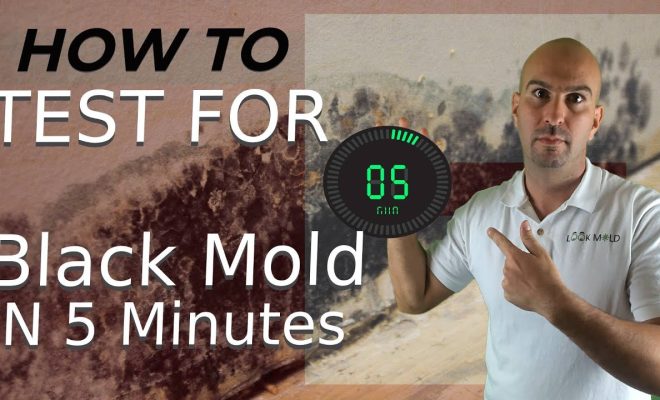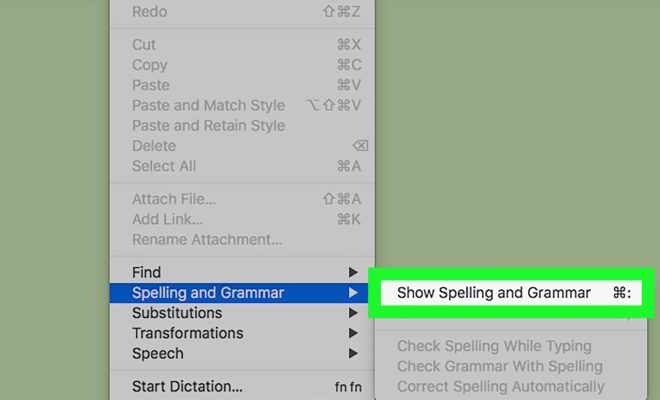How to Test for Mold

Introduction
Mold is a common issue that can have various negative effects on both your living space and your health. Identifying mold growth early is crucial in preventing damage to your home and avoiding potential health risks. In this article, we will walk you through a comprehensive guide on how to test for mold and keep your home safe.
1. Visual Inspection
The first step in testing for mold is doing a visual inspection of your property. Be thorough in checking areas where mold is most likely to grow, such as:
– Bathrooms, especially around showers and bathtubs
– Kitchens, around sinks and appliances
– Basements and crawl spaces
– Window sills and frames
– Areas prone to water leaks or damage
Look for discoloration on surfaces, fuzzy or slimy growths, or clustering of small black spots. Keep in mind that not all mold is easy to see, so don’t rely solely on visual inspection.
2. Smell Test
Mold often produces a noticeable, musty smell. Be attentive to any unusual odors in your home, particularly in damp or humid areas. The presence of a strong smell may indicate hidden mold growth.
3. Moisture Detection
Since moisture is a key factor contributing to mold growth, it’s important to detect hidden sources of moisture within your home. Invest in a moisture meter – an inexpensive device that can detect dampness behind walls, under floors, or inside ceilings. High moisture readings might indicate an area with unseen water intrusion and potential mold growth.
4. DIY Mold Testing Kits
Another option for testing mold is using store-bought kits. These are generally cost-effective and easy to use but may vary in accuracy depending on the quality of the product you purchase. Make sure to follow the instructions carefully for best results.
5. Professional Mold Testing Services
When in doubt about potential mold growth or in cases of extensive mold damage, it’s essential to call a professional mold inspector. These experts have the necessary equipment and techniques to test for mold accurately, find hidden sources of contamination, and recommend effective remediation methods.
6. Air Quality Testing
Air quality testing is another option for determining if there is mold in your home. This can be done by professionals who take samples of your indoor air and have it analyzed by a laboratory. The results will give you insights into the nature of the mold problem as well as its severity.
Conclusion
When it comes to safeguarding your home against mold, early detection and prompt action are crucial. By following these steps, you’ll be well-equipped to identify any signs of mold in your living space and address the issue swiftly before it escalates. Remember that safety should always be a priority – if you suspect a severe mold infestation, don’t hesitate to consult a professional for assistance.






